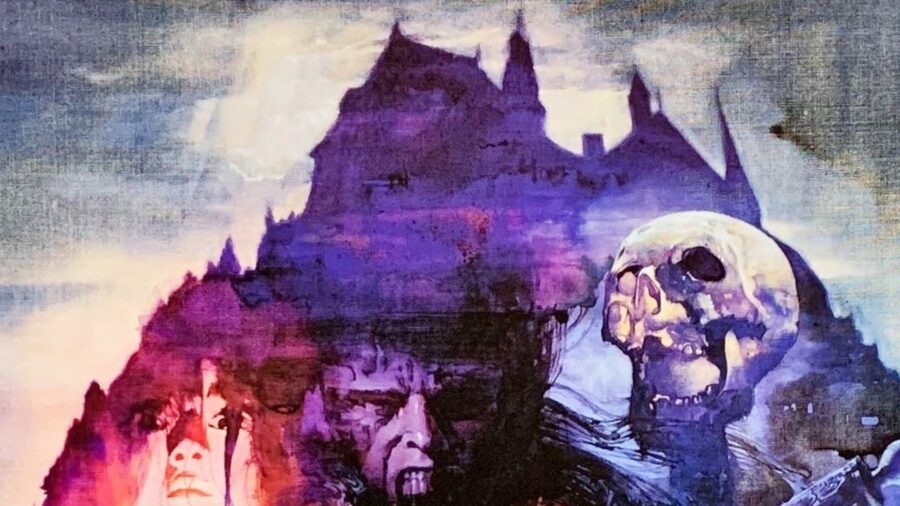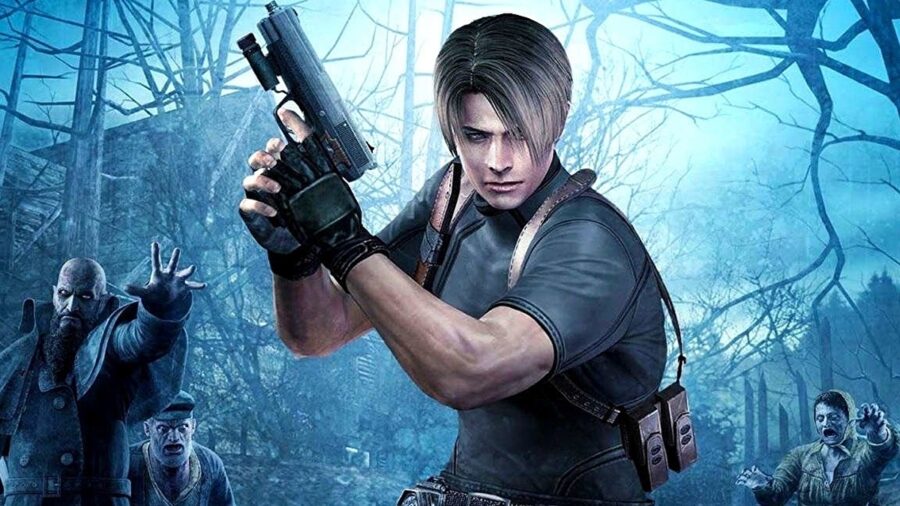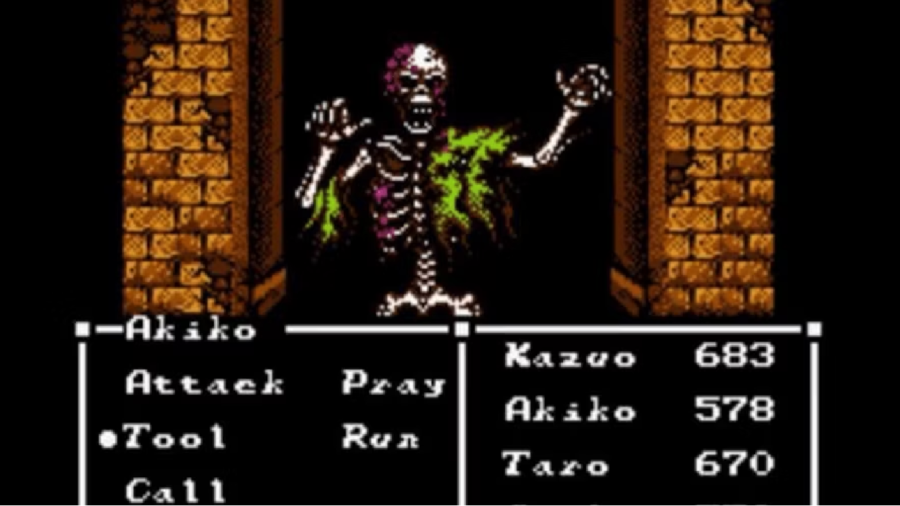Stream The Supernatural Horror Hidden Gem That Inspired Resident Evil

The roots of one of the most popular horror video games of all time can be traced to the 1989 Japanese horror film, Sweet Home, helmed by acclaimed director Kiyoshi Kurosawa. Its narrative, revolving around a film crew braving a haunted mansion to restore precious frescos, birthed the iconic Resident Evil game series from Capcom.
In Sweet Home, the crew seeks to make a documentary about a mysterious painter named Mamiya Ichiro. They also hope to restore several valuable frescos rumored to be left in the house, so they enter Mamiya’s abandoned home.
The exploration takes a chilling turn within the eerie confines of the grand Mamiya mansion, haunted by Lady Mamiya’s restless spirit. When the crew unravels the mystery of the tragic death of Mamiya’s son, who perished in the household’s incinerator, the haunting intensifies.
Beyond the realm of video games, Resident Evil expanded into a multimedia franchise, notably inspiring a series of films and further following in the footsteps of Sweet Home.
It could also be argued that Sweet Home set the stage for post-credits scenes that are so commonplace today. After the final scene of the movie, the credits roll over a shot of the Mamiya mansion, which ultimately collapses in spectacular fashion once the credits stop.

The Resident Evil video game series, sparked by the dark ambiance and storytelling of Sweet Home, was first introduced by Capcom in 1996. It rapidly set the standard for the survival horror genre, combining heart-pounding gameplay with intricate storylines and puzzle-solving mechanics.
It could also be argued that Sweet Home set the stage for post-credits scenes that are so commonplace today.
The initial game was groundbreaking, offering multiple character perspectives and a deeply immersive atmosphere fraught with zombies and bio-organic weapons. It was so successful that it birthed numerous sequels, spin-offs, and remakes, evolving with each generation of gaming technology.
Beyond the realm of video games, Resident Evil expanded into a multimedia franchise, notably inspiring a series of films and further following in the footsteps of Sweet Home. The first movie, released in 2002 and notably diverging from the game’s storyline, introduced new characters alongside the familiar biohazard outbreaks, becoming a cult classic among fans.
Initially a subject of debate as to which came first, Sweet Home was also a video game that shared the same launch year.
Directed by Paul W.S. Anderson, the film series has since unveiled six installments, concluding in 2016 with Resident Evil: The Final Chapter, though rumors of reboots continue to circulate. Big-name actresses, including Milla Jovovich, Michelle Rodriguez, and Ali Larter, have all contributed to bringing Resident Evil to life on the big screen.

Further establishing a connection between Sweet Home and subsequent video games, the haunting melodies underlying Sweet Home‘s cinematic horror were crafted by Masaya Matsuura, known for his work on PlayStation games like PaRappa the Rapper and Vib-Ribbon.
Initially a subject of debate as to which came first, Sweet Home was also a video game that shared the same launch year. It has since been confirmed that the film premiered in January 1989, followed by the game’s release in December of the same year.

The game integrated the film’s chilling ambiance and ghastly scenarios, introducing elements of puzzle-solving, item management, and survival. These mechanics profoundly inspired Resident Evil’s gameplay.
Video game enthusiasts seeking to experience the 8-bit horrors of the original Sweet Home game may need to navigate through emulators and fan translation patches, as the game was only released in Japan. Yet, the film’s availability is more generous.












